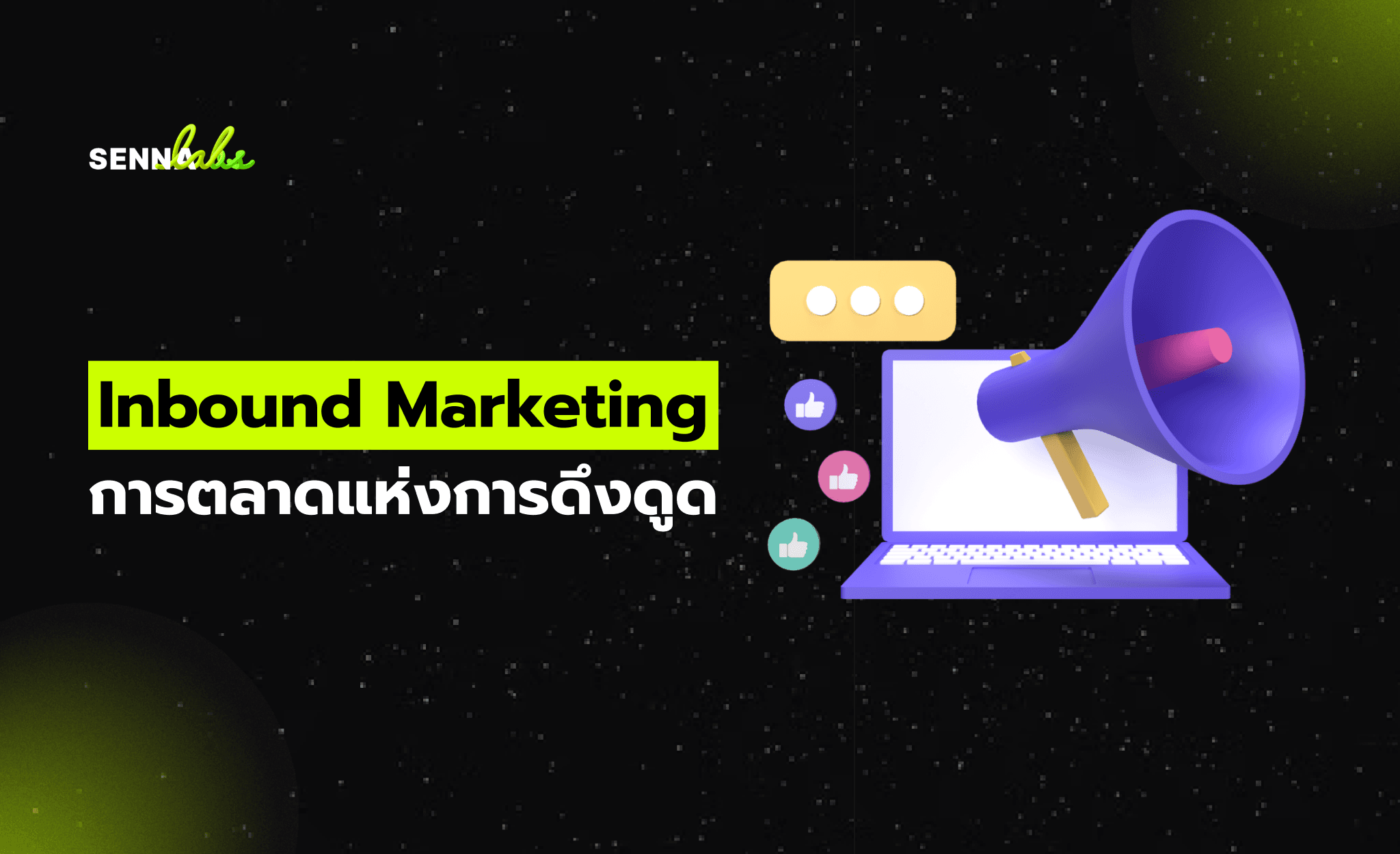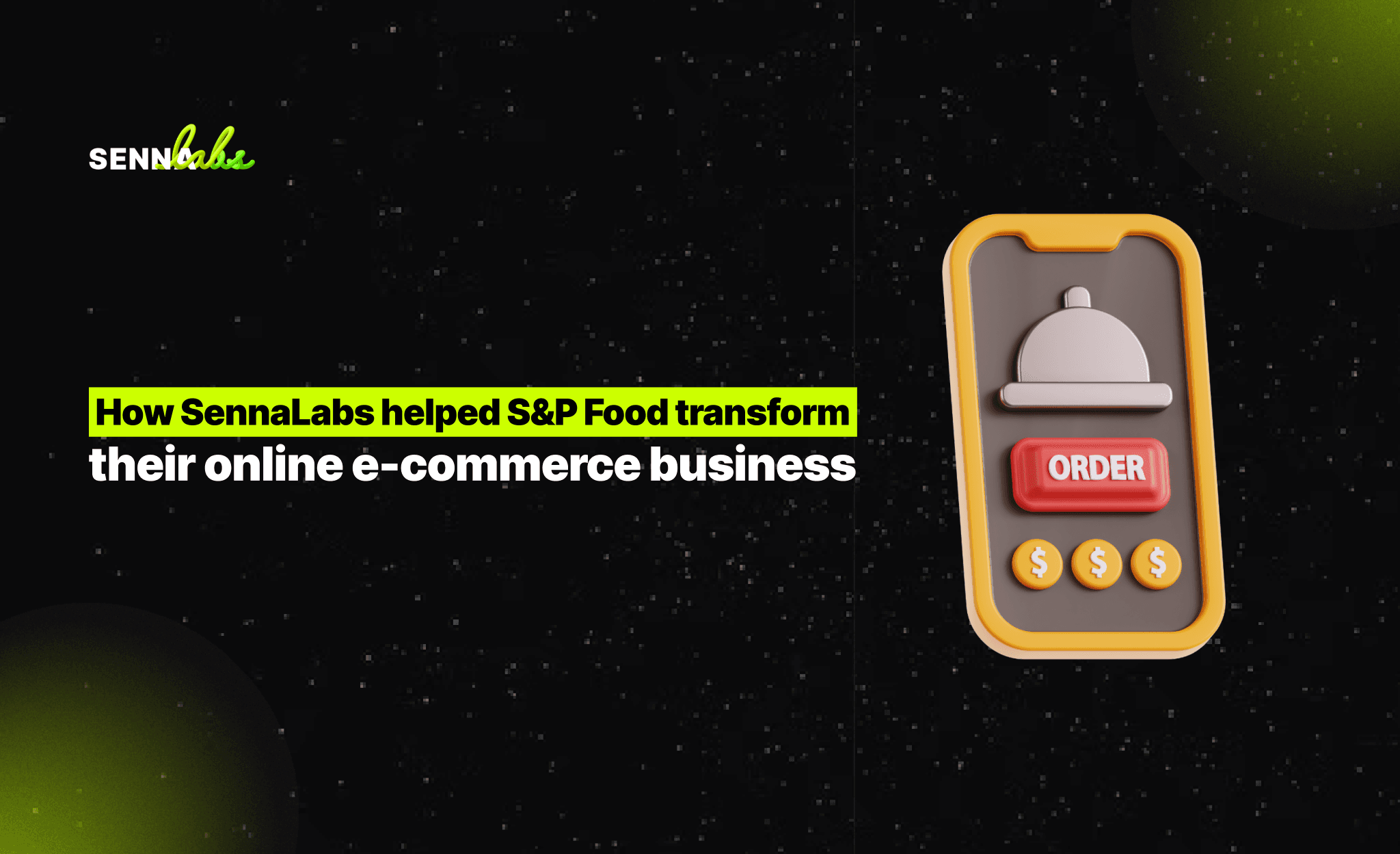Simplifying User Signup With Social Login Integration (Facebook, Google, Apple)
Share

How to Improve Conversion Rates and User Experience Through One-Click Authentication
Signing up for an account should be simple. Yet, many websites still ask users to fill out long forms, create passwords, confirm email addresses, and jump through unnecessary hoops—all of which lead to one thing: abandoned registrations.
Enter Social Login—a method that allows users to sign up or log in using existing accounts from platforms like Google, Apple, or Facebook. It’s fast, familiar, and reduces friction, especially for mobile users.
In this article, we’ll explain how social login works, how to implement it effectively, and what to consider in terms of security, privacy, and design. We’ll also share a real-world case study of how a French language school boosted registrations by 32% after implementing Facebook Login.

What Is Social Login?
Social login (also known as third-party login or OAuth login) allows users to authenticate into your website or app using credentials from trusted platforms like:
-
Google
-
Apple ID
-
Facebook
-
LinkedIn, Twitter, or Microsoft (in certain cases)
Rather than creating a new account, users click a button—like “Sign up with Google”—and are authenticated through that service. The website then receives the user’s profile information (usually name, email, and avatar) to create an account on the fly.
Why Use Social Login?
1. Faster Signups = More Conversions
Long registration forms are a barrier to entry. By offering social login, users can register in one click—no need to enter an email, create a password, or check their inbox.
2. Improved Mobile Experience
Typing on mobile is tedious. Social login reduces friction dramatically, especially among younger users accustomed to using Google or Apple for quick access.
3. Fewer Forgotten Passwords
Users don’t have to remember new credentials, reducing support tickets and login-related frustration.
4. More Accurate User Data
Users typically provide real information on social platforms. This leads to better targeting and personalization on your end.
Common Use Cases for Social Login
-
E-commerce checkout
-
Online course registration
-
Mobile app onboarding
-
SaaS trial signups
-
Event registration pages
-
Subscription-based content access
In all these cases, reducing signup friction leads to higher conversion and engagement.
How to Implement Social Login
1. Choose Which Providers to Offer
Start with the most widely used options in your market. In many regions, Google is the most universal. Apple is required for iOS apps offering third-party login. Facebook is common among younger demographics and lifestyle brands.
Tip: Limit the options to 2–3 providers to avoid overwhelming users.
2. Use a Secure OAuth 2.0 Implementation
Each provider (Google, Facebook, Apple) offers SDKs and API documentation for OAuth 2.0 integration. Choose a method appropriate for your stack (e.g., JavaScript SDK, backend implementation, or a CMS plugin).
Popular tools and libraries:
-
Firebase Authentication (for Google/Apple/Facebook)
-
Auth0 or Okta (turnkey identity platforms)
-
WordPress plugins like Nextend Social Login
-
Direct API usage for custom-built systems
Always verify user tokens server-side and never trust client-only validation.
3. Map User Data to Your System
Upon successful authentication, you’ll receive basic user info such as:
-
Full name
-
Email address (if permission granted)
-
Profile picture
-
Unique user ID from the provider
Use this to auto-create or log in users, and allow them to complete their profile if needed.
4. Provide Traditional Login as a Backup
Not all users want to use social accounts. Always offer a fallback option like email and password or phone number login.
Best practice:
Allow users to link or unlink their social account later in their profile settings.
UX and UI Design Tips
-
Use recognizable brand icons (Google’s “G”, Apple’s logo, Facebook’s “f”)
-
Buttons should say: “Continue with Google,” “Sign in with Apple,” etc.
-
On mobile, place social login above the fold to maximize visibility
-
Use one-click buttons, not dropdowns or multiple steps
-
Provide a short line of reassurance: “We won’t post without your permission” or “Used for login only”
Security and Privacy Considerations
-
Ensure your site is HTTPS-enabled
-
Do not store OAuth tokens longer than needed
-
Use scopes responsibly (ask for only essential permissions)
-
Provide users with clear control over account linking/unlinking
-
Be transparent in your privacy policy about how you use social login data
For Apple, you must use Sign in with Apple if your iOS app offers any third-party login. This ensures privacy by allowing users to hide their email and use private relays.
Real-World Use Case: French Language School Increases Signups
A French language learning platform offered courses online with a focus on young adult learners. While website traffic was strong, the conversion rate on the signup form was low, especially on mobile.
Challenges:
-
Users had to fill out a 6-field form on mobile
-
Password resets were common and support-intensive
-
Bounce rate was high on the registration page
What they did:
-
Added Facebook Login as the primary signup option
-
Simplified the form: social login first, optional profile completion after
-
Added a message: “Use your Facebook account to get started instantly”
Results after 60 days:
-
32% increase in total signups, with the majority from mobile
-
Users aged 25–35 accounted for the largest increase
-
Support requests related to login dropped significantly
-
Facebook ad campaigns achieved higher ROAS using social login engagement tracking
By streamlining access and meeting users where they already were (on Facebook), the school turned interest into action—with minimal development effort.
Final Thoughts: A Simple Step With Big Impact
Social login is one of the easiest upgrades you can make to improve signup flow, reduce friction, and capture more users—especially on mobile. It’s trusted, efficient, and can work seamlessly across platforms.
To get started:
-
Choose the right providers
-
Use official SDKs or identity platforms
-
Design clean, mobile-friendly buttons
-
Balance UX with privacy and control
-
Track performance and iterate based on user behavior
Today’s users expect effortless experiences. By enabling one-click login, you’re respecting their time—and earning their loyalty.

Share

Keep me postedto follow product news, latest in technology, solutions, and updates
Related articles
Explore all


